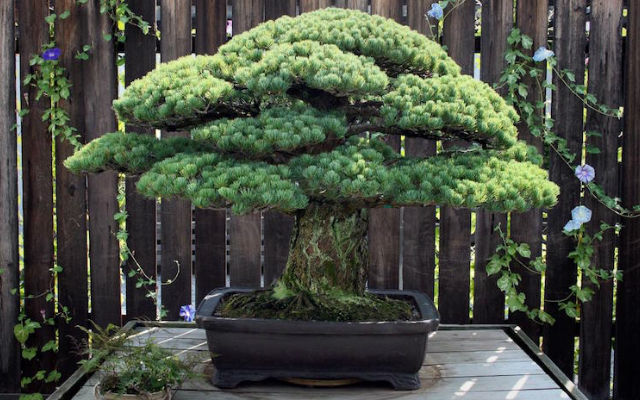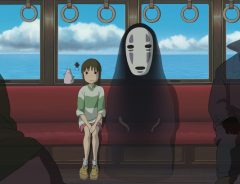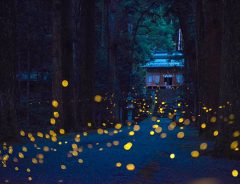
Source: U.S. National Arboretum
391-Year-Old Bonsai Tree Is A Miraculous Survivor Of The Hiroshima Atomic Bomb
- Source:
- U.S. National Arboretum / ArkadiusBear
- Tags:
- Atomic Bomb / Bonsai / Hiroshima / Japan / Tree
Related Article
-

Japan’s Christmas Penguin March Park Is The Cutest Way To Spend The Holidays
-

Tokyo’s Yamanote Line Is Bringing The 2016 Olympics To Its Trains
-

Cat’s Pleas For Fish End In Adorable Greek Tragedy
-

Apple Maps shows Hayao Miyazaki walking in apron outside Studio Ghibli
-

Maru The Cat Is Stumped By Three Mirrors, Can Only Be Cute In Response
-

Award-Winning Japanese Photographer Captures Majestic Scenes Of Fireflies In The Night-Time


As the last survivors of the Hiroshima atomic bomb diligently work to ensure that their stories continue to be told for generations to come, another survivor is telling its own story to the rest of the world. Currently held at the U.S. National Arboretum in Washington, D.C., this 391-year-old bonsai tree has not just been in existence for nearly 400 years, but is also one of the survivors of the atomic bomb.
The Japanese white pine is said to have been planted in 1625 and cared for by the Yamaki family, who lived only two miles away from where the bomb was dropped in 1945. Both the family and the bonsai were inside when the bomb, which ultimately killed approximately 140,000 people, detonated, and miraculously managed to stay alive.
Source: U.S. National Arboretum
30 years later in 1976, the bonsai left Japanese soil and was offered by bonsai master Masaru Yamaki to the United States as a gift of friendship and connection between the two cultures.
Though it only stands a few feet tall, its thick trunk and stubby needles tell a vast tale of history like no other, and visitors to the U.S. National Arboretum can come face-to-face with this extraordinary remnant from one of Japan's most significant events of the past four centuries.
Source: ArkadiusBear